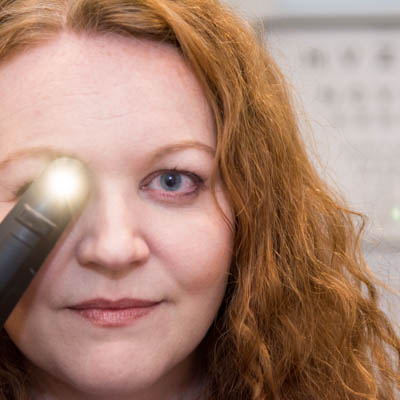Understanding your eyes

What weighs 7 grams, is on average an inch across, has over 2 million working parts, and is more than 550 million years old?
No, it’s not some corny joke pulled straight from a Christmas cracker. The answer is as real as the world you see around you.
Given that hint and the title of this article, you may have guessed I’m talking about the two spherical organs found above our cheek bones, known in nature as ‘camera-type eyes’.
As the windows through which we see the world — whether it be to admire beautiful landscapes, gawk at our partners, enjoy television, or read articles like this one — our eyes are incredibly powerful and sophisticated.
In fact, they are one of the more complex parts of the human body. Not only do they provide us with a way to detect and convert light into images and build our reality, but they also help us interact with other people and animals, enable us to store memories and generate understanding, and, not forgetting, often make us fall in love.
Unsurprisingly, then, the group of muscles that support our eyes are more active than any other in the body. Yet even with all this going on right above our nose, we usually don’t give them a second thought, never mind learn about how they work. So let’s take a moment to celebrate our eyes and take a deeper look into the amazing mechanisms behind their unique and precious abilities.
A closer look at how our eyes work
The huge fiery ball of energy at the centre of our solar system has more to do with our eyes than we first think. It’s the reason our eyes have evolved to function as they do; it produces the light which they focus and convert to create our image of the world.
Much like a camera, our eyes work by using lenses to focus light onto a ‘film’. There are two lenses within the eye – the cornea and the internal lens – that combine to focus the light onto the light-sensitive tissue of the retina. The internal lens then acts like the zoom in a camera, by moving back and forward to change the focus from far to near – to see at distance and to read.
Light which enters the eye passes through the cornea and hits the retina, where millions of light sensitive cells, known as photoreceptors, convert it into electrical signals to be relayed to the brain via the optic nerve. It’s here the brain transfers the electrical signals into the image we see.
The final piece of the puzzle is the pupil, which controls the amount of light entering the eye, getting smaller when it’s bright and larger when it’s dark to let in as much light as possible. The pupil is formed by the iris, the coloured part of the eye, which is essentially a muscle with some pigment on top.
From the antibacterial properties of tears to the composition of the Retina, we would be here days if not weeks if we tried to cover all that our eyes do for us. So rather than learning all there is to know about them, one way we can show our thanks to our eyes is to learn about the challenges they face on a daily basis — things like air con, pollution, computer glare, and contact lenses — and give them the proper care and attention they deserve.
If you’d like to find out more about eye health or book a consultation with us, leave us a comment or call us on 020 7224 1005.


